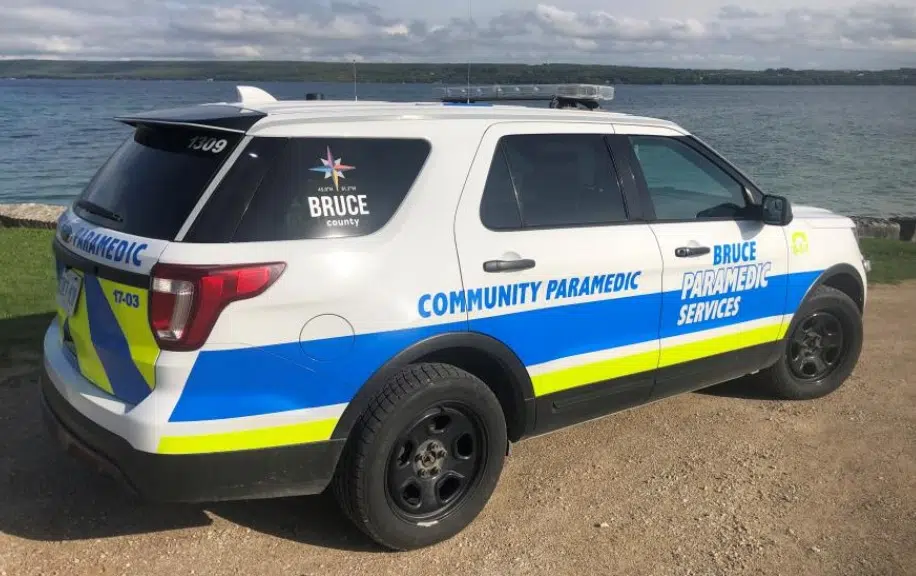
Bruce County’s Paramedic Services team is seeing success since they launched their community paramedicine programs.
Community Paramedicine Superintendent Brad Jackson gave a presentation to County Council on June 1st, explaining all of the work that his team was doing throughout the community.
He says that efforts on all fronts appear to be reducing the number of 911 calls and emergency department admissions because frontline workers are able to treat patients before their conditions get too severe.
Jackson says that one such program is their remote-care monitoring, which they were able to start during the Covid pandemic, thanks to one-time funding.
With the remote-care monitoring program, they’re able to routinely track the vital signs of their patients, such as blood pressure, blood oxygen levels, blood glucose, and their weight.
“These vital signs and the biometric monitoring devices really allow us to keep tabs on patients who are at risk of going into hospital, who are at risk of having chronic disease exacerbations, and really have generated to a significant of savings for the healthcare system in other areas… We were able to enroll our target 60 patients between January and March of 2023.”
Prior to his presentation to council, he was able to check the statistics that showed how effective the program is.
“It looks like we’re seeing a 62% reduction in 911 calls for patients who are enrolled in our program, so those patients are not going to hospital, as the community paramedics are identifying exacerbations earlier, and properly escalating to primary care. So we’ve had over 300 alerts generated over three months… those alerts are generated when someone’s vitals fall outside of those parameters.”
The team also runs their Community Paramedicine Clinic or CP @ Clinic, which is based on an ongoing between Bruce County and McMaster University’s Department of Family Medicine, where the Community Paramedicine team of eight full-time medics is also able to work with residents of social housing buildings, which allows those people to also have unencumbered access to health care professionals and get necessary referrals when needed.
“We reach out to approximately 50 unique individuals each week and have completed over 600 assessments with those individuals,” Jackson told the council. “We are really focusing on blood pressure medications and management, chronic disease medications and management, and then providing some health education as well. So these are brief, 10-15 minute sessions where residents of these buildings will come in and have a chat with our community paramedics and hopefully provide any insight or questions they may have regarding their health conditions.”
Routine health assessments, chronic disease screening, and health education are provided in two Bruce County Housing Buildings, one in Wiarton and one in Kincardine.
He adds that their frontline paramedics are also able to submit 911 referrals to home and community support services, which has been in place over the past decade within Bruce County.
“Those frontline paramedics that are witnessing gaps in care or further needs in care can identify those to home and community care support services through our referral program and hopefully get appropriate services connected to that resident or that patient to avoid further ED visits, 911 calls, and hospital admissions.”
The Paramedics Services branch of the county is able to continue with their programming, thanks in part to a change in funding — last week it was announced that one of their two streams of funding would be changing to base funding, and potentially permanent funding moving forward.



